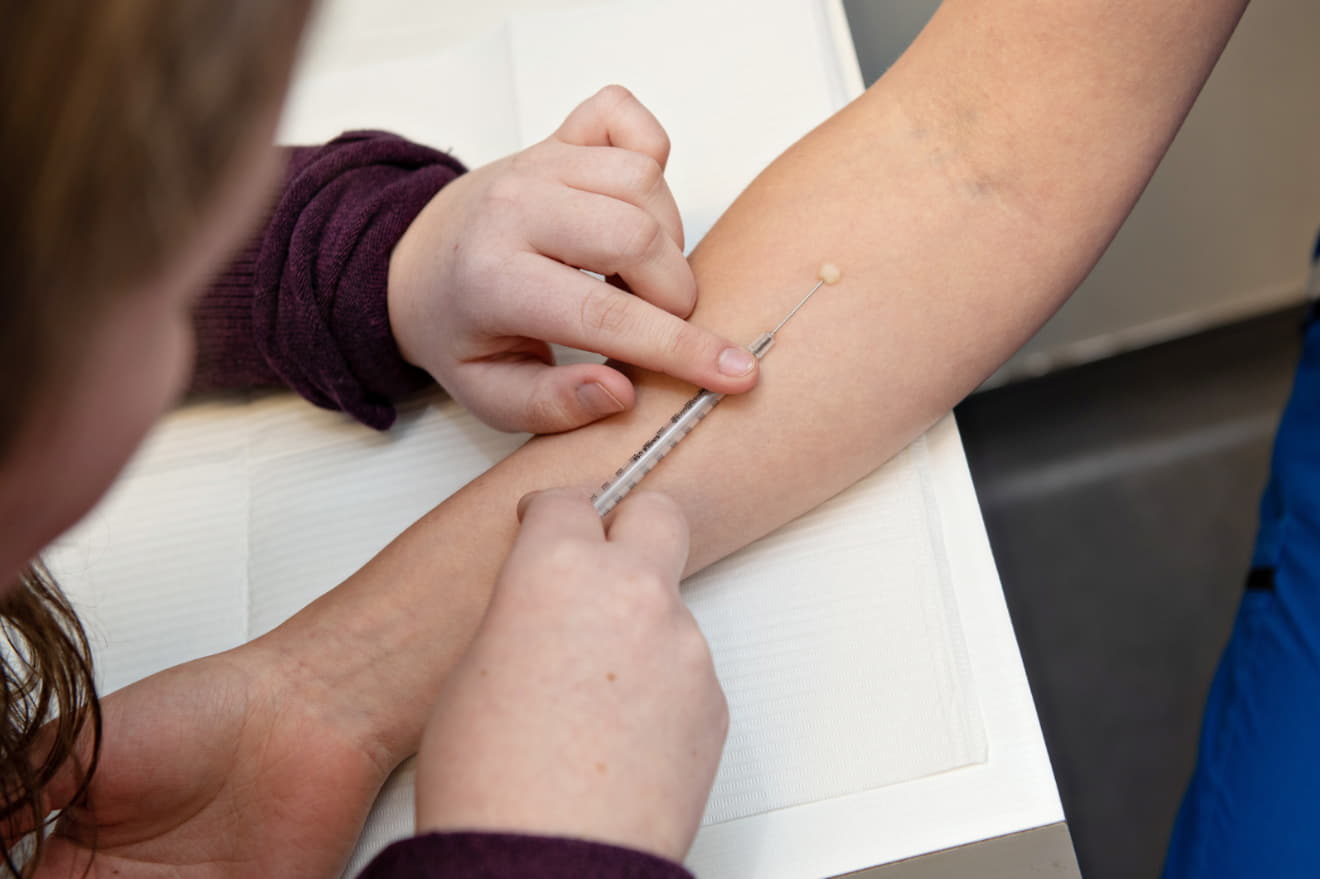Accurate medical tests are crucial for a healthy life, and the TB skin test, or TST, is one such primary tool for health screening.. Tuberculosis is a disease that early detection can greatly help in addressing. But though testing is helpful, it’s not always foolproof. Let’s explore why false positives happen and how to reduce them.
Understanding TB Tests
The TST is a simple procedure where a minuscule dose of TB antigen is gently introduced under your skin. If you’ve crossed paths with TB bacteria, your immune system will spring into action, forming a small bump at the injection site. This test’s purpose? To spot those who may have encountered TB.
Factors Behind False Positives
The Impact of BCG Vaccination
BCG vaccination is common in areas with high TB rates. It can confuse TST by triggering a similar immune response. Healthcare providers must consider your BCG vaccination history when interpreting results.
Cross-Reactivity with NTM
NTM infections can mimic TB. TST might show TB exposure when it’s actually NTM. More tests may be needed in such cases.
Recent TB Exposure
Early detection is vital, but it’s not always clear-cut. If you’ve recently been near TB, your immune system might not have responded specifically yet, causing a false positive.
Ensuring Accurate Testing
To minimize false positives, healthcare professionals must be well-trained in administering and interpreting TST. Following protocols is crucial.
Additional Testing Options
If TST results are uncertain, alternative methods like interferon-gamma release assays (IGRAs) and chest X-rays can provide clarity. They can confirm or refute TB infection when TST raises doubts.
Preventing False Positives
Document Your BCG History
Maintain a meticulous record of your BCG vaccination history. This crucial piece of information equips healthcare providers to factor it into their interpretation of your TB skin test.
Explore Alternatives
If you’ve been vaccinated with BCG or are at risk of NTM infection, discuss alternative diagnostic methods with your healthcare provider. It’s a proactive approach to ensure accuracy.
Follow Protocols
Adherence to established testing protocols is non-negotiable. These guidelines maintain consistency and precision in TB skin tests, making errors less likely.
Continuous Training
Staying updated on the latest testing techniques and interpretations ensures accuracy and minimizes errors.
Conclusion
Accurate TB skin tests are vital for timely treatment and controlling the disease’s spread. Understanding factors leading to false positives and implementing prevention measures can lead to more reliable results. Stay informed, vigilant, and prioritize your health.

